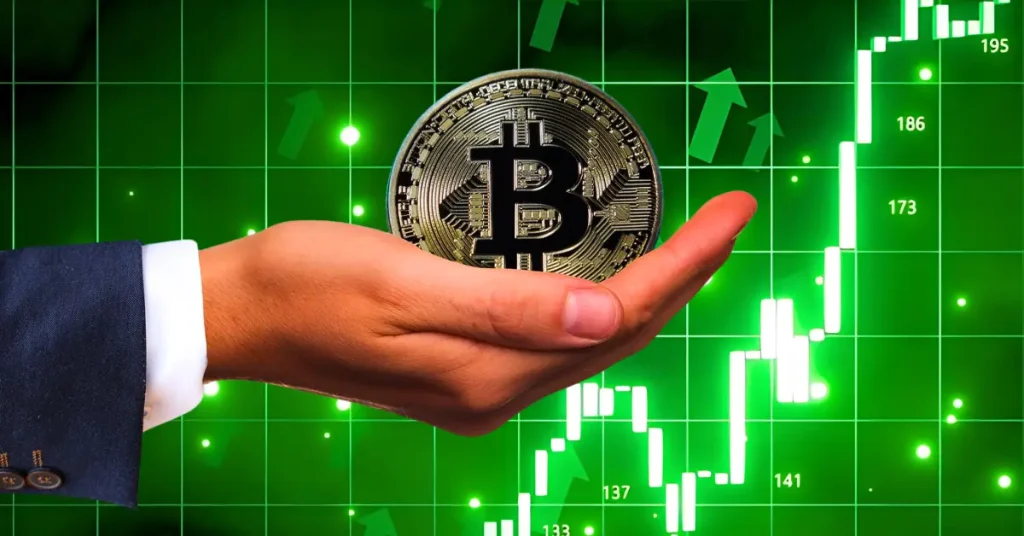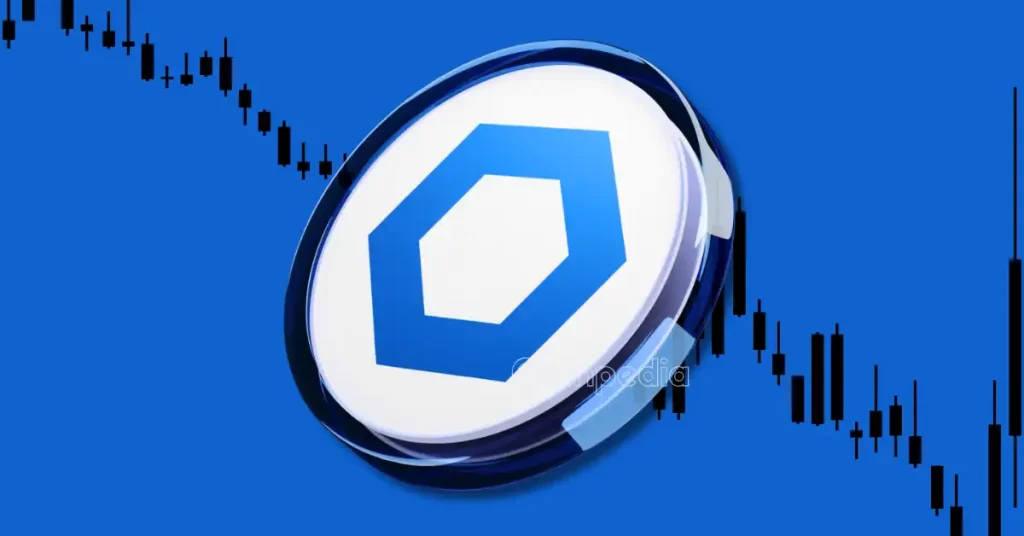
The post Bitcoin Price Breaks $97000: What’s Next? appeared first on Coinpedia Fintech News
Bitcoin has reached a new high of $97,000, continuing its strong price climb. At the moment, Bitcoin is trading just under $97,000. It recently broke through the $96,000 level and is showing signs of strength on the daily and weekly charts. Some price pullbacks are still expected, but the overall trend remains upward.
Analysts are now watching closely for the next major price levels as this rally could drive the entire crypto market higher. In the second quarter of 2025, Bitcoin is showing strong bullish indicators. It recently cleared its 200-day moving average and is building strong support.
Additional support levels at $95,797 and $96,441 are also being monitored as part of a broader bullish structure. According to an analyst, a sustained drop below $95,280 could signal the early stages of a larger correction, but as of now, Bitcoin remains firmly above that threshold.
If buying pressure resumes, short-term targets to the upside include $97,325, $98,745, and the psychological milestone of $100,000. These levels represent areas of potential resistance based on recent price dynamics.
The larger trend remains constructive, with bulls aiming for a continuation of the uptrend toward the $115,000–$120,000 range later this cycle—provided current support zones hold.
Market Outlook: More Gains Ahead?
The strong Bitcoin rally could push other cryptocurrencies like Ethereum, XRP, and Solana higher as well. This pattern, seen in past bull markets, usually starts with Bitcoin leading the way, followed by altcoins gaining momentum as investor money spreads across the market.
While pullbacks are expected — since prices never go up in a straight line — many experts believe the market is setting up for another major run. A key support level to watch is $95,280. As long as Bitcoin stays above this, there’s a chance for more upside.





